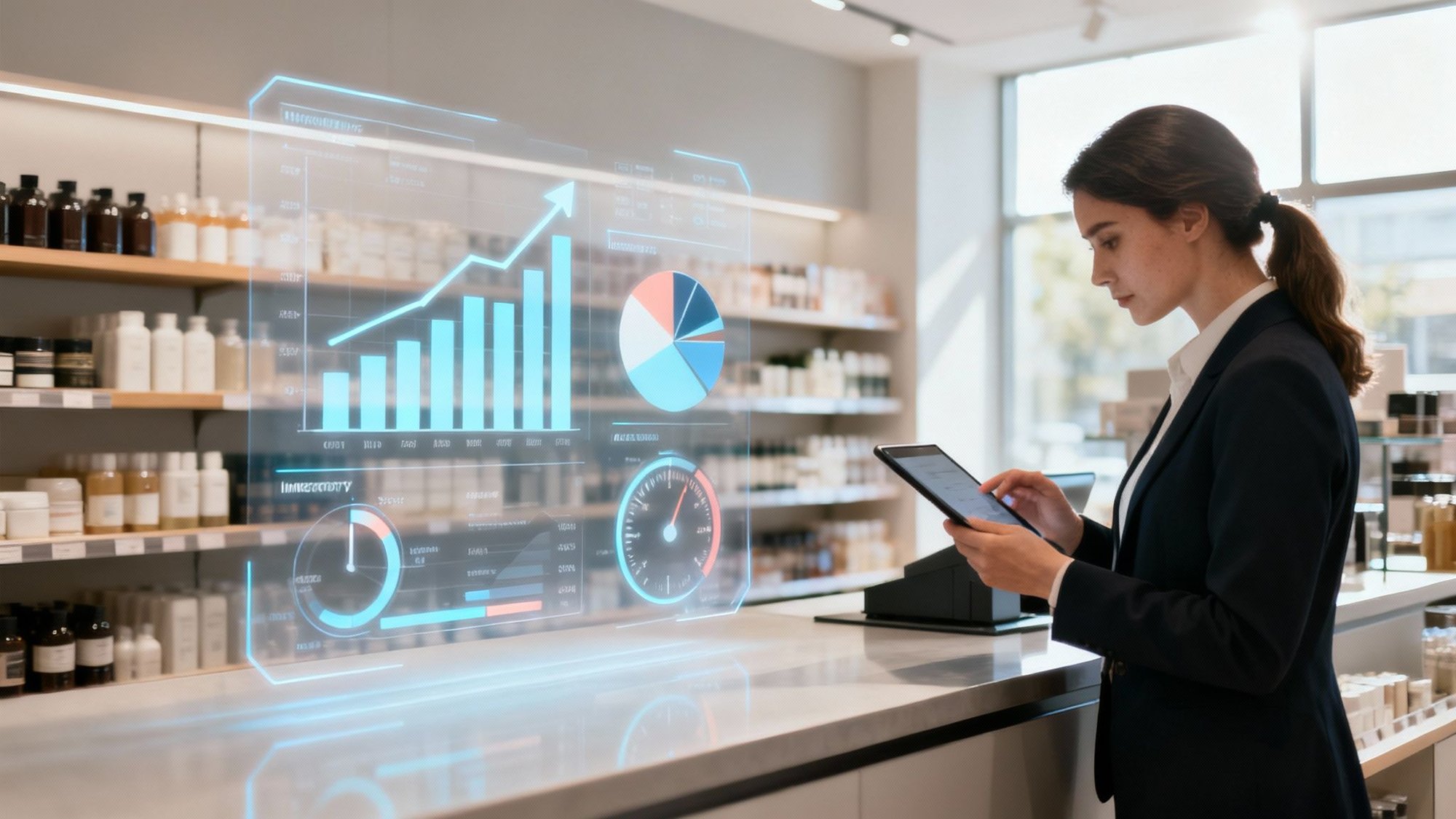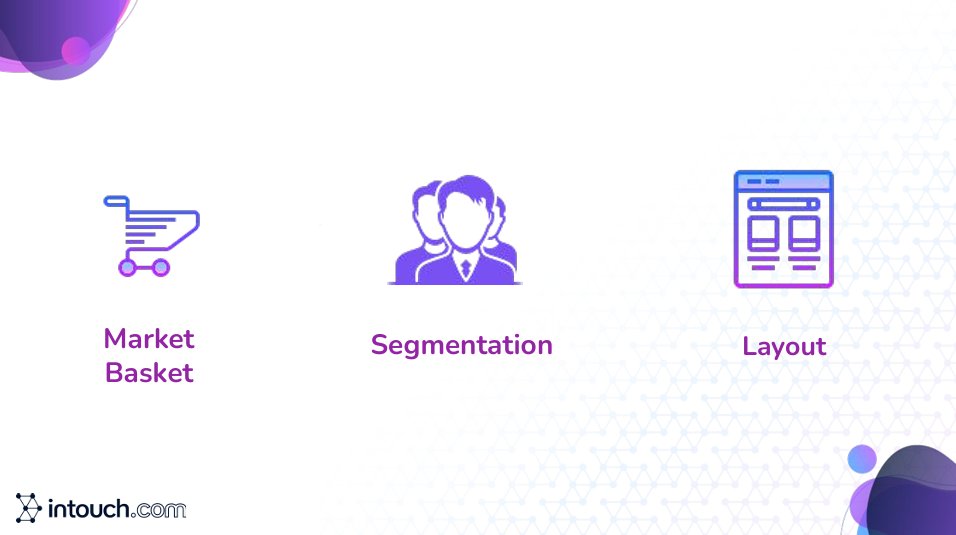

Retail analytics serves as an essential tool for retailers and consumer packaged goods (CPG) brands. By relying on data rather than assumptions, businesses can gain insights into customer preferences, improve store operations, and boost sales figures. Let`s dive together into this:
Retail analytics involves gathering and examining data from various sources such as point of sale systems, customer loyalty programs, digital displays, store traffic, and inventory levels. This process aims to support businesses in making more informed decisions based on data analysis.
In the current competitive landscape of retail, analytics plays a crucial role for businesses by enabling them to:
Determine which products are the most popular among consumers.
Gain insights into customer behavior during their in-store shopping experience.
Manage inventory effectively to avoid stock shortages and ensure product availability.
Enhance promotional strategies and pricing models to attract more customers.
Provide tailored shopping experiences to meet individual customer preferences.
Ultimately, the use of analytics leads to more informed decision-making, increased profitability, and improved operational efficiency in retail stores.
Retail analytics integrates information from various channels, including:
Point of Sale (POS) sales systems, which track transactions and sales patterns.
Loyalty programs and customer profiles, providing insights into consumer behavior and preferences.
Interactions on websites and mobile applications, which reveal browsing and purchasing habits.
Digital screen campaigns that measure advertisement effectiveness and customer engagement.
Foot traffic and movement patterns, offering data on customer flow and in-store behavior.
Inventory and supply chain data, essential for managing stock levels and logistics.
This consolidated data offers a comprehensive overview of business performance.
Descriptive Analytics: Provides insights into past events by summarizing historical data, helping businesses understand trends and outcomes.
Diagnostic Analytics: Examines data to determine the causes of past events, allowing businesses to identify reasons behind certain patterns.
Predictive Analytics: Utilizes statistical models and forecasts to anticipate future trends and behaviors, aiding in proactive decision-making.
Increase Sales
Retail analytics allows businesses to optimize the arrangement of products and implement targeted promotions by analyzing shopper data, which can lead to increased sales.
Improve Customer Experience
By utilizing customer data, retailers can personalize offers and ensure a seamless shopping experience within the store, enhancing overall customer satisfaction.
Smarter Inventory Management
Retail analytics provides the tools for accurate demand forecasting, helping to minimize both excess inventory and stockouts, ensuring efficient inventory management.
Informed Marketing Decisions
Retailers can use analytics to evaluate the success of marketing campaigns and gain insights into the factors that drive customer conversions, allowing for more informed decision-making in marketing strategies.
Unlocking Hidden Connections with Market Basket Analysis Picture a massive grocery chain like Kroger. observes that customers often purchase chips and salsa together. In response, the supermarket adjusts the placement of these items to be closer to each other, resulting in an increase in sales.

A retailer conducts an analysis of foot traffic patterns within their store. Based on this analysis, the store layout is redesigned, encouraging customers to spend more time browsing and subsequently leading to an increase in purchases.
As AI and machine learning advance, analytics in retail will become increasingly predictive and automated. This transformation enables retailers to:
Display customized offers on digital screens, enhancing customer engagement.
Predict demand with greater accuracy, allowing for timely adjustments to inventory.
Adjust pricing in real-time to remain competitive and responsive to market changes.
Create highly personalized shopping experiences that cater to individual customer preferences.
Retailers who integrate data analytics into their operations now will maintain a competitive advantage in the market.
Retail analytics plays a crucial role in achieving success in the modern retail landscape. It provides businesses with the ability to:
Gain deeper insights into customer behavior and preferences.
Improve operational efficiency by streamlining processes.
Increase sales and enhance profitability through data insights.
Make informed, strategic decisions based on comprehensive data analysis.
By investing in retail analytics today, companies can build stronger, more resilient operations that are better equipped to thrive in the future.
Ready to see how real-time analytics can transform your store from a static space into a dynamic, personalized experience? Intouch.com uses an AI-driven platform to deliver tailored promotions right at the point of purchase, giving you immediate attribution and a measurable lift in sales.
See how top-tier retailers are turning their floor space into a revenue-generating asset. Visit https://www.intouch.com to learn more.